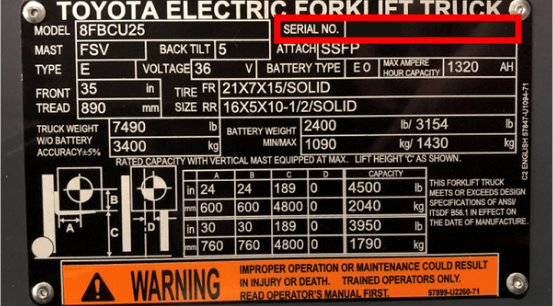Scissor Lift Safety Guide

Scissor lifts are reliable mobile elevating work platforms used by workers to reach elevated work locations in a variety of industries and applications. Scissor lift safety requires careful consideration of the equipment specifications and standardizing safe operator practices through effective training.
According to an OSHA study, the three largest issues contributing to scissor lift injuries and deaths were employers’ failure to address:
- Fall protection
- Stabilization
- Positioning
In order to protect associates from safety hazards linked with these three areas, employers must ensure that only properly trained operators are permitted to use the lifts. Operators should be able to demonstrate proper use of the lift. Trained associates should complete pre-operation checks of the scissor lift, follow manufacturers’ instructions, use personal protective equipment (PPE) where required and ensure any maintenance needs are addressed before use.
Scissor Lift Safety: Fall Protection
Guardrails are required to be installed on scissor lifts to prevent falls. Operators should always check guard rails prior to operation of the scissor lift, never stand on the guard rails and never lean over the guardrails to reach tasks.
Scissor Lift Safety: Stabilization
Stability of the scissor lift work platform is essential for safety. To reduce the risk of tip-overs, operators and employers should:
- Isolate the scissor lift from traffic and other moving worksite equipment to prevent impacts
- Ensure work locations have a firm, level surface away from hazards
- Only use the equipment when weather conditions meets requirements labeled on the equipment or found in the operator’s manual.
Risk of a scissor lift collapse can be reduced by:
- Completing proper maintenance of safety systems
- Keeping weight on work platform below manufacturer’s rated limit
- Never using equipment aside from the scissor lift’s mechanisms for raising the work platform
- Isolating the scissor lift from traffic and other moving worksite equipment to prevent impacts
Scissor Lift Safety: Positioning
Scissor lift operators should be aware of hazards that can contribute to tip overs, crushing and electrocution. Operators should exercise the utmost caution when
- Operating a scissor lift near a stationary object
- Operating closely with mobile equipment
- Passing below fixed objects like door frames and ceiling beams
Due to risks with arcing electricity, operators should not use scissor lifts within 10 feet of power lines, transformers or other utilities. If the job absolutely requires work near these electrical sources, the worker should be properly trained and certified and the utility provider should be contacted before work begins.
Scissor Lift Safety: Maintenance
In addition to regular, planned maintenance, scissor lifts must pass a pre-operation inspection. Operators should inspect and test controls and components, inspect guardrails and ensure brakes are set properly before each and every use. Daily pre-inspection items can be found in the operator’s manual.
For Parts, Pricing and More, Contact an Authorized AICHI Dealer Near You.


